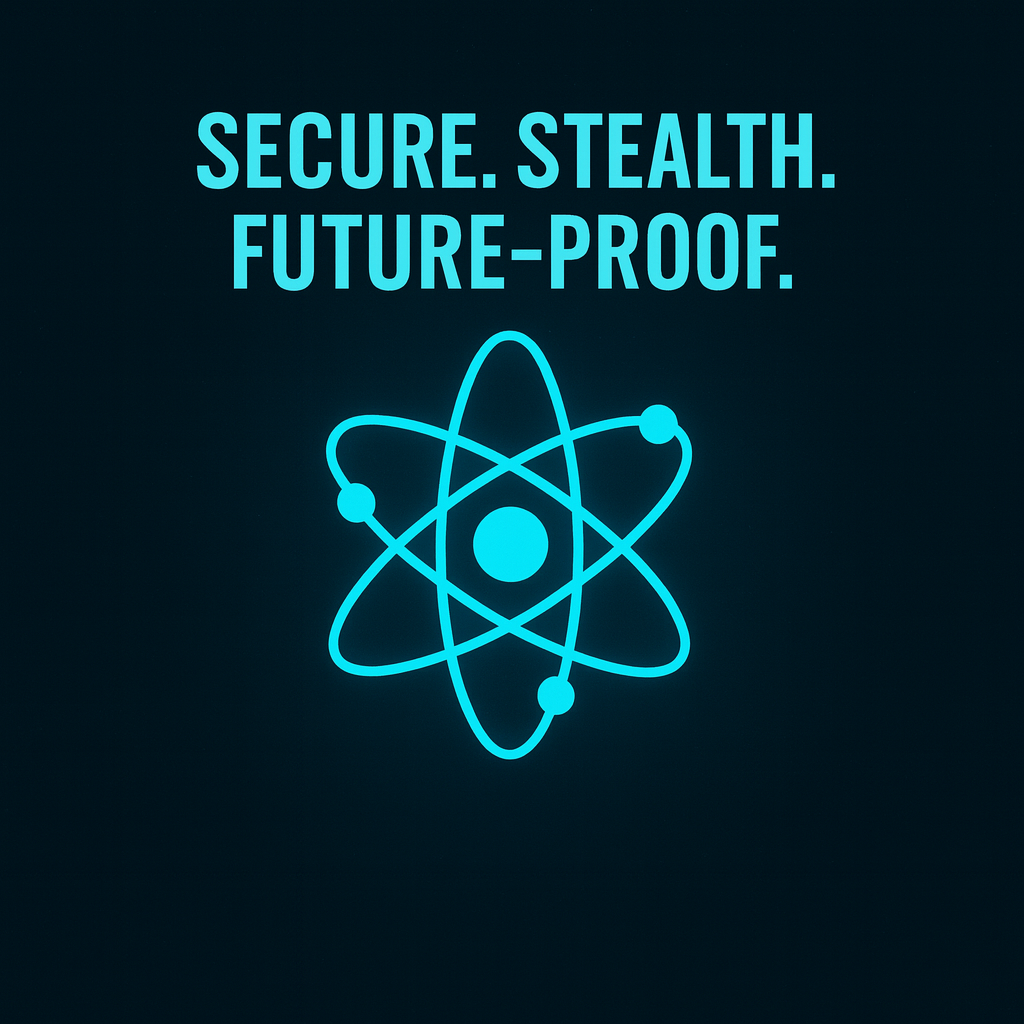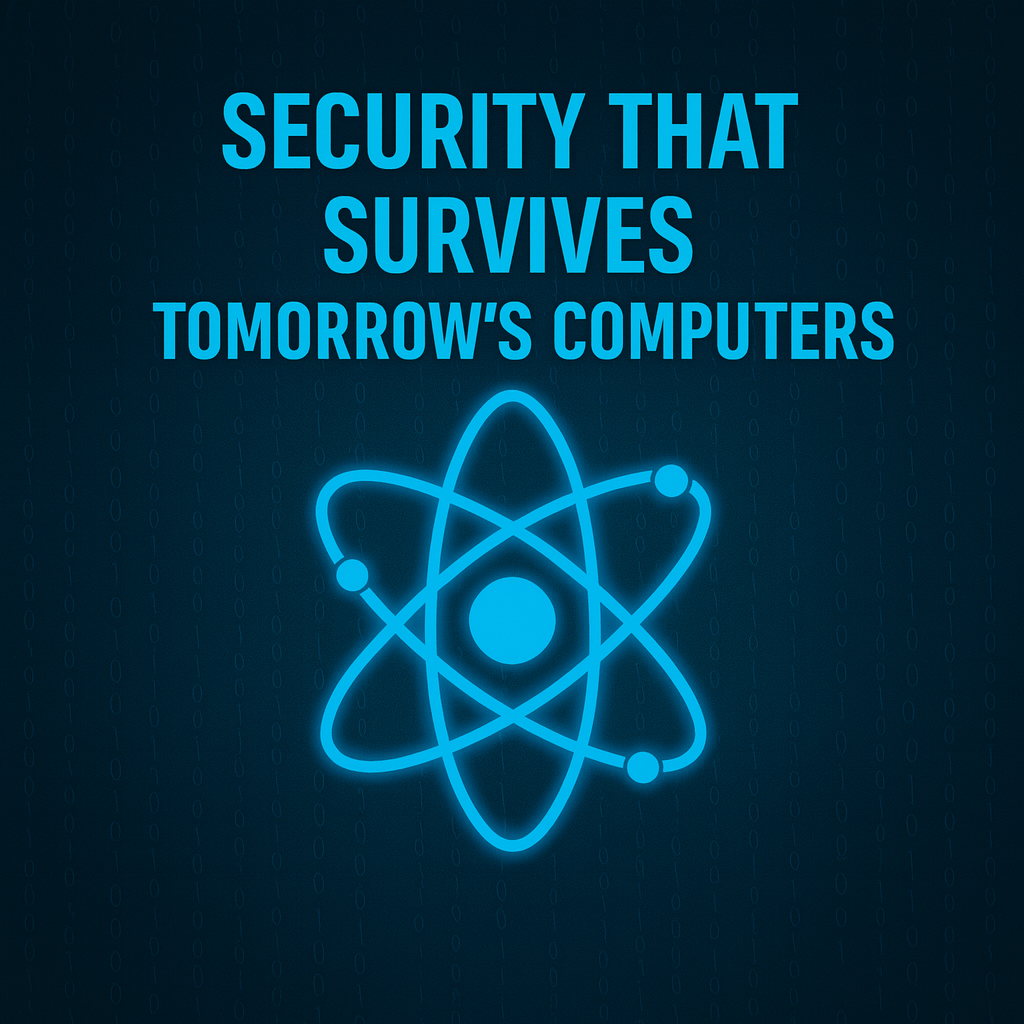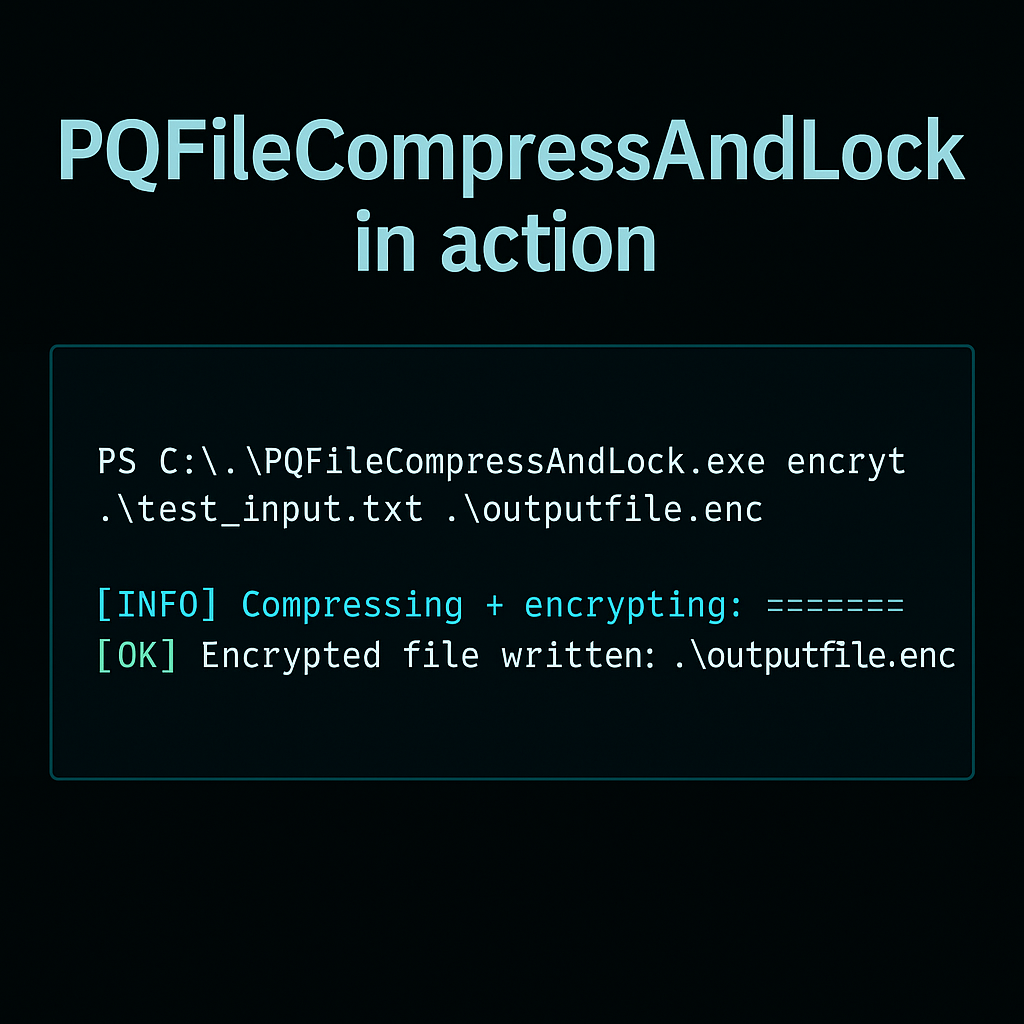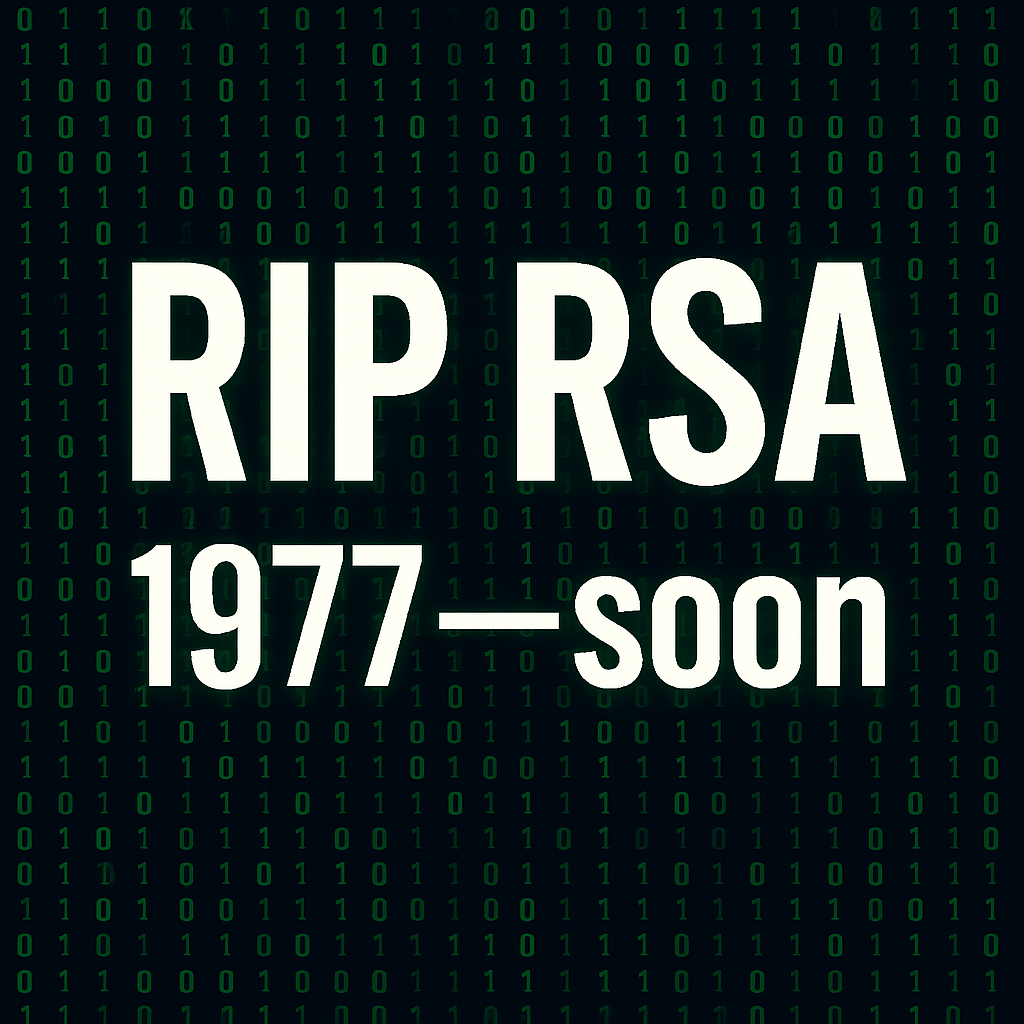November 18, 2015
Thermodynamics has long guided classical machines (engines, refrigerators) with laws like the second law. But if you scale down to quantum machines — superpositions, coherence and entanglement — do the same rules apply?
In independent papers, Piotr Ćwikliński et al. (University of Gdańsk, Poland) and Matteo Lostaglio et al. (Imperial College, UK) derived a set of thermodynamic-laws for quantum systems in coherent superposition of states.
Key points:
-
They model transformations of a coherent quantum system under “thermal operations” (i.e., interactions with a thermal bath) and derive constraints on what such systems can evolve into.
-
Coherence (the “quantum-ness”) imposes additional restrictions beyond the classical second law.
-
These laws apply to quantum engines, refrigerators or analogous systems where quantum coherence plays a role.
Implications: -
As quantum technologies (sensors, quantum heat-machines, maybe small-scale quantum engines) move toward realisation, having a “thermo-rulebook” helps define what is feasible and what is fundamentally disallowed.
-
This work shifts part of quantum-tech discourse from “can we build” to “what limits apply even in principle”.
Conclusion:
In the roadmap of quantum tech, this article highlights that as we scale up quantum machines, we must also scale up our understanding of laws that apply—quantum coherence doesn’t just give extra power, it also imposes extra constraints.














